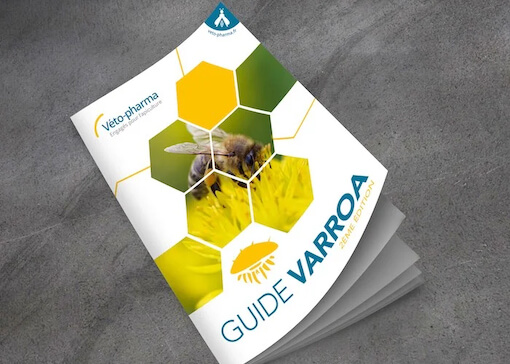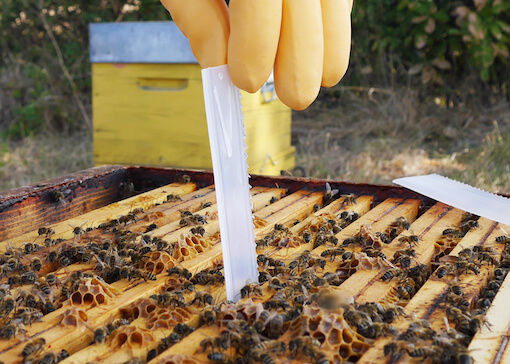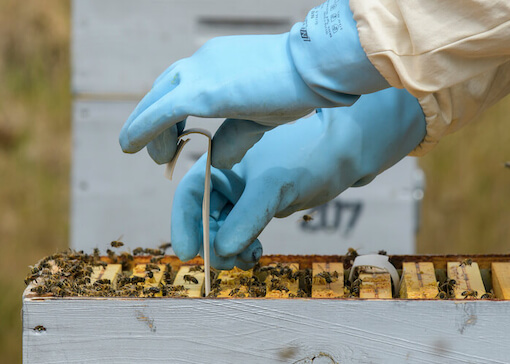Varroa Mite: the no. 1 enemy of beekeepers
Varroa mite (Varroa destructor) is a parasitic mite that targets honey bees. It feeds on their fat bodies and hemolymph (the bee equivalent of blood), weakening their immune systems and making them more susceptible to diseases and viruses. This pest invades hives, reproduces in brood cells, and severely impacts colonies. It is regarded as one of the major threats to beekeeping, causing significant losses of bees worldwide.
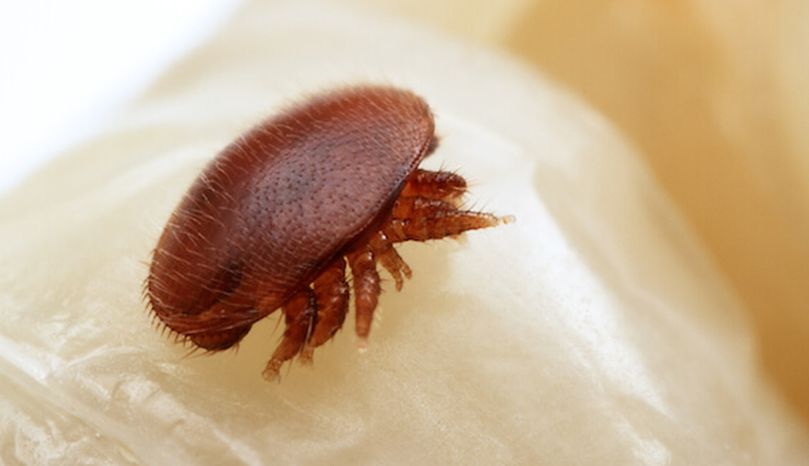
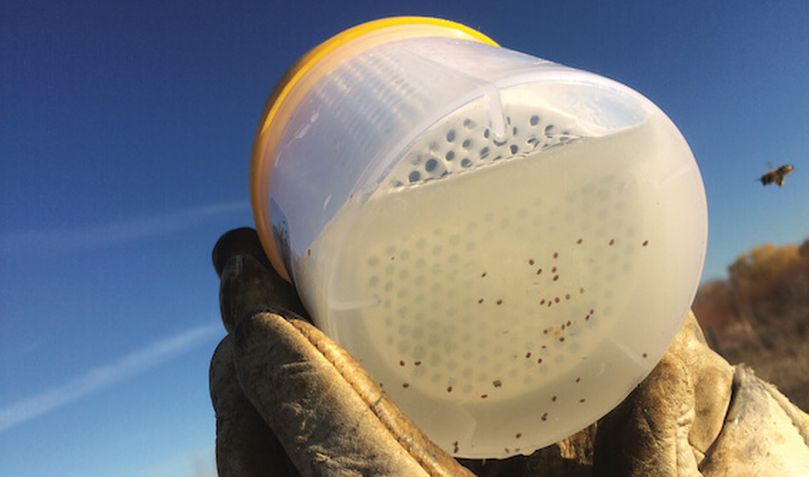
Infestation monitoring
Monitoring the infestation allows for a quick assessment of the level of parasitism, taking action before the colony becomes too weakened, and selecting the appropriate treatment. By ensuring the health of the hives, beekeepers can maintain bee productivity and minimize the risk of colony mortality.
Treatments against varroa mite
Solutions against Varroa mite include treatments (veterinary medicines) and biotechnical methods (also called biomechanical methods). The goal is to control the infestation, prevent the development of Varroosis, and stop its spread to neighboring hives and the overall beekeeping population.
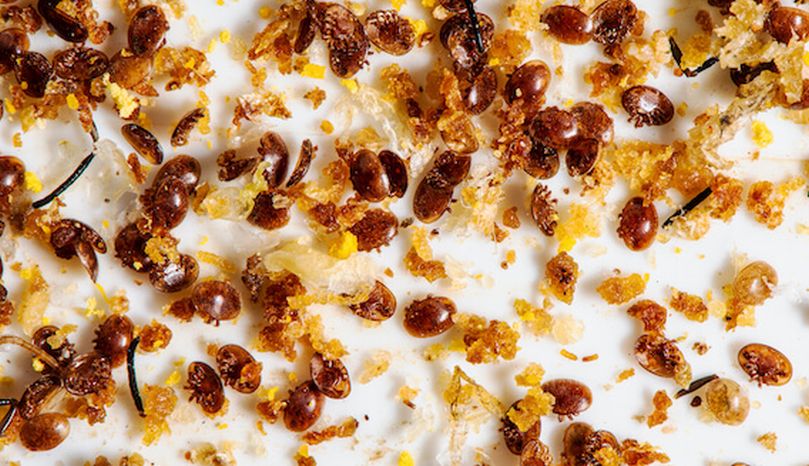
Our Downloadable Guides
Our Products Against Varroa Mite

Amiflex is a flash treatment for Varroa mite control, without temperature constraints, containing amitraz.
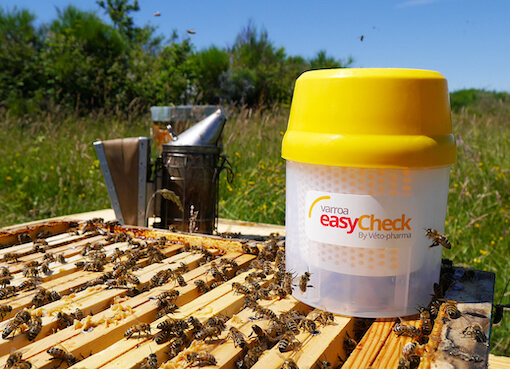
Varroa EasyCheck is a practical tool for easily monitoring Varroa infestation on adult bees.
To Go Further
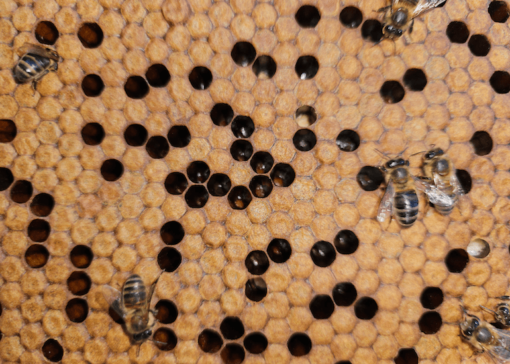
Clinical case: Persistent Varroa mite infestation despite rigorous monitoring
Cas clinique : dégradation sanitaire d’un rucher due à une pression varroa mal maîtrisée toute la saison, malgré une surveillance rigoureuse.
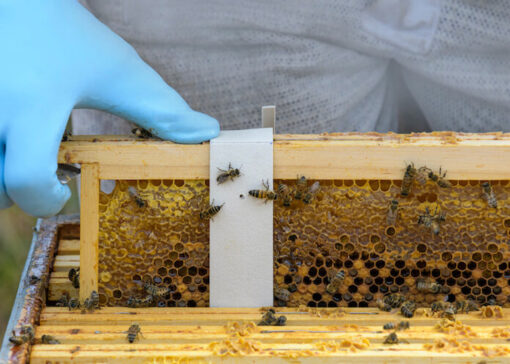
Apivar 2.0: a new weapon against varroa mites soon available in the USA!
Apivar 2.0: Faster varroa mite treatment with adaptable strip lengths & easy hanging for effective hive protection.
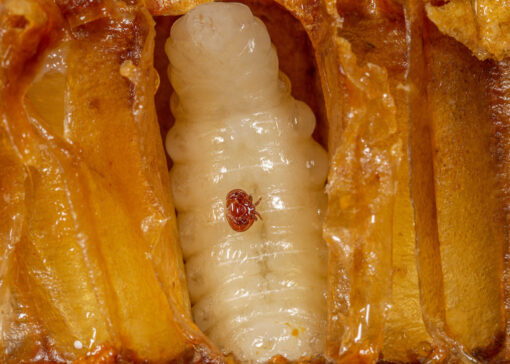
How replacing wax combs benefits bee health and varroa control
Learn how replacing wax combs improves honey bee health and aids in varroa mite control for better colony management.

Clinical case: Varroa management challenges in Iberian Black Bee colonies
Clinical case on managing Varroa destructor in Iberian bee colonies, highlighting challenges, monitoring strategies, and treatment for colony health.

Tropilaelaps mites: the next big beekeeping challenge
Learn how Tropilaelaps mites differ from Varroa, their impact on honey bees, and strategies for detection and management to protect your colonies.
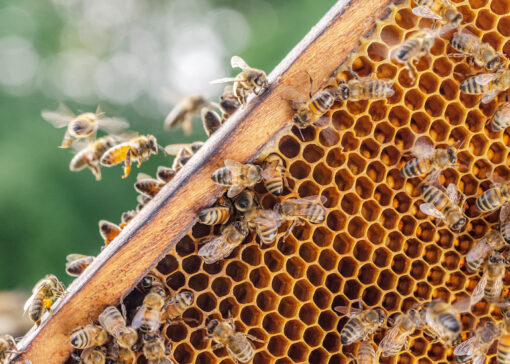
Does a stronger bee colony lead to higher varroa mite infestation?
Strong bee colonies indicate good health and higher honey yields due to more foragers. However, more brood also means more varroa mites. How can we balance both?

